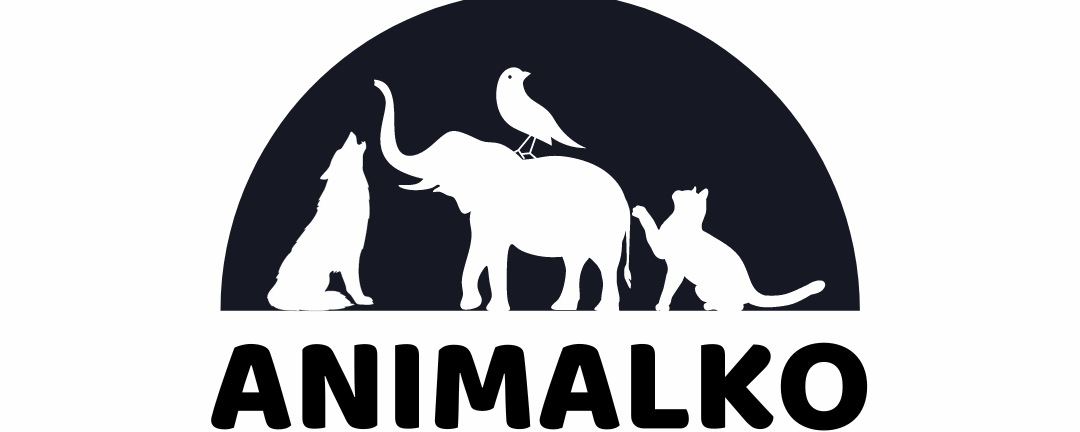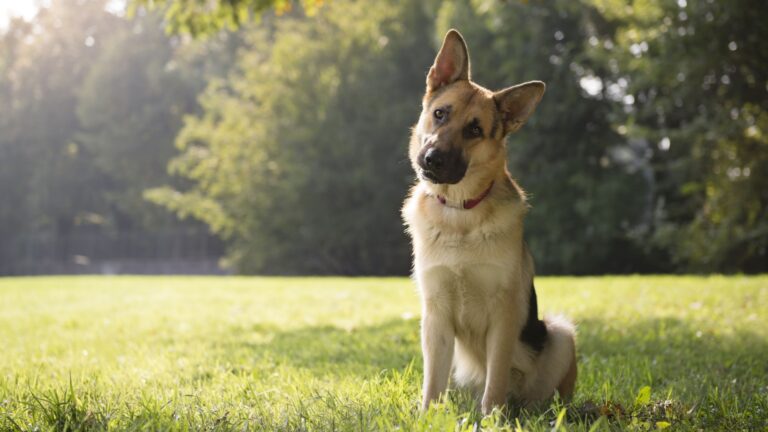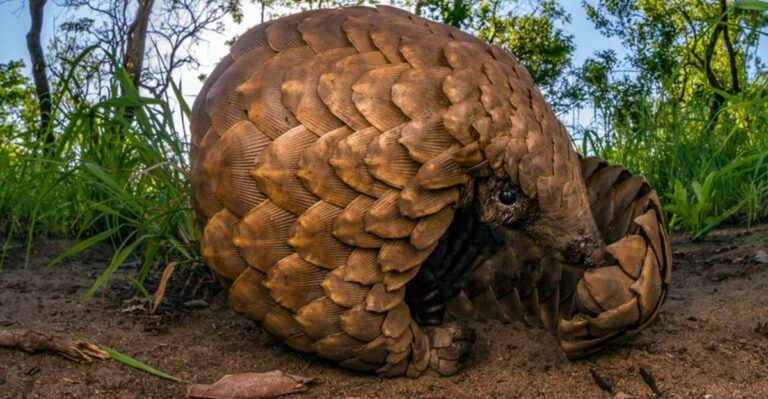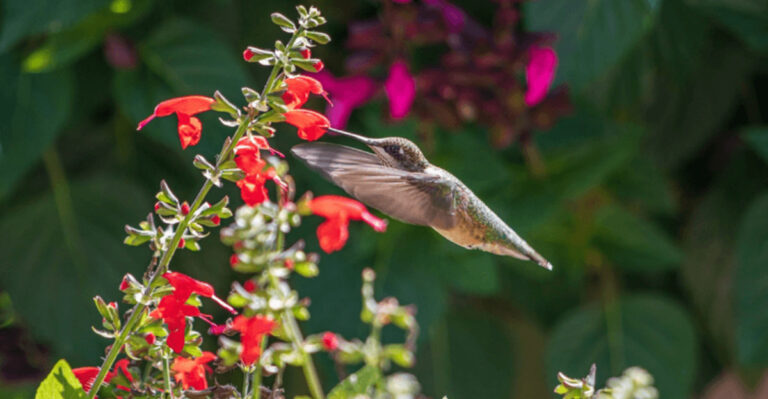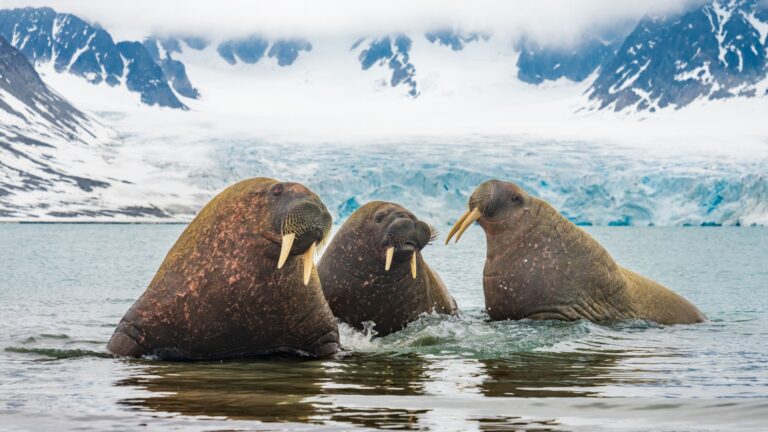14 Animals That Can Fly Without Wings
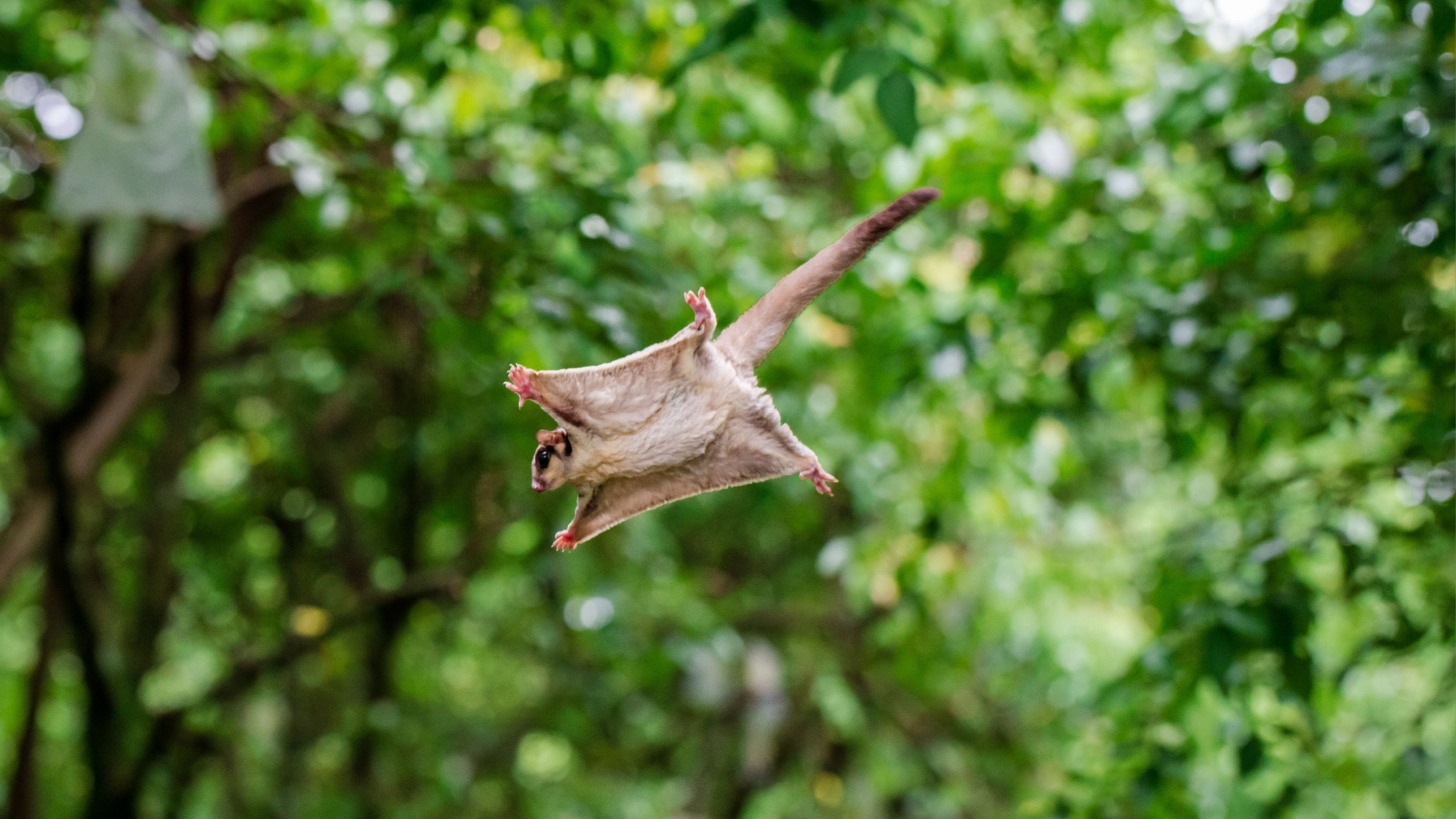
When we think of flying, we usually think of birds and insects with wings. But surprisingly, there are animals without wings that can still soar through the air.
Each of these animals has evolved incredible techniques to “fly” without wings. Instead of flapping wings, these animals use different techniques like parachuting, gliding, and launching themselves in the air. I bet you’re eager to see them!
Let’s explore how these remarkable animals have adapted to ‘fly’ without wings.
1. Flying Gecko

Flying geckos have flaps of skin along their limbs and tail that help them glide. They jump and spread these skin flaps, which slows their fall and allows them to control their gliding.
This adaptation is especially useful for escaping from predators and navigating the forest environment. Their gliding ability makes them efficient at moving through tree canopies without having to touch the ground.
2. Draco Lizard
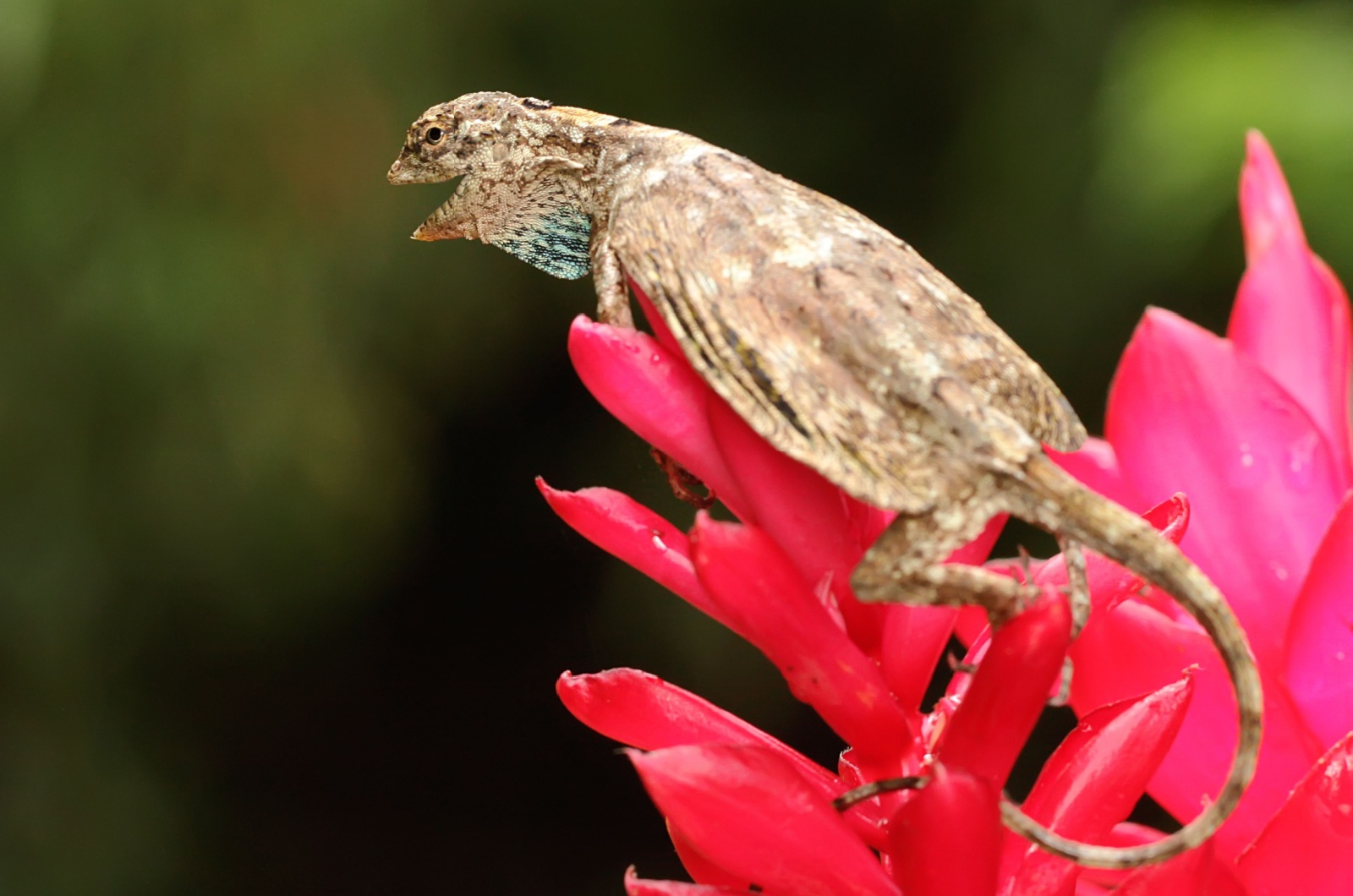
Draco lizards are often called “flying dragons” due to their ability to glide between trees. They have rib extensions that support skin flaps along their sides, which they use as “wings.”
When they leap, they spread these flaps and glide distances of up to 30 feet. This adaptation helps them search for food and escape predators by moving quickly from one tree to another.
3. Flying Squirrel
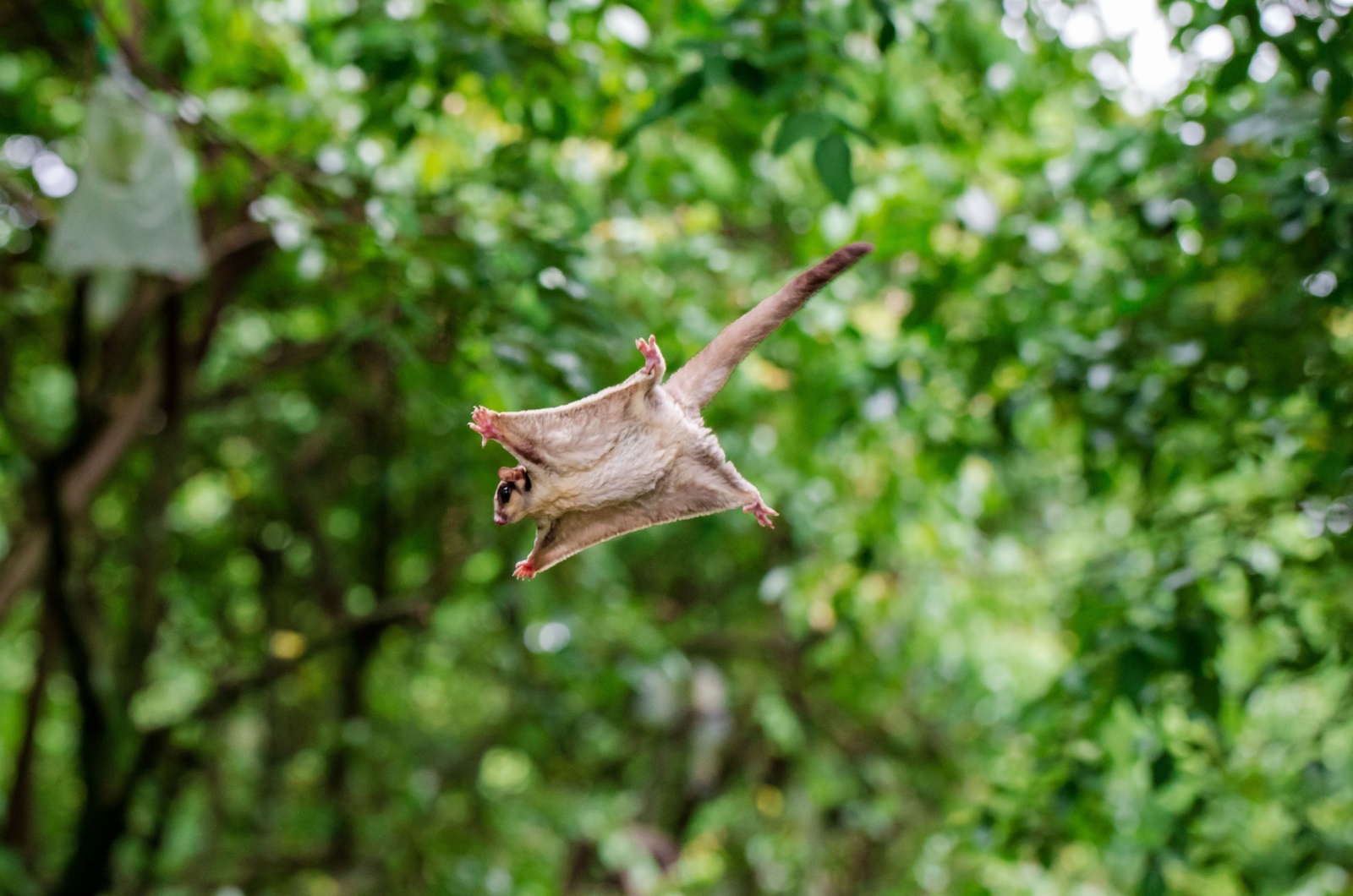
Flying squirrels don’t actually fly, but like the flying geckos, they glide.
They do it by using a patagium, which in their case is a flap of skin that stretches from their wrists to their ankles. They jump from trees and spread this skin, and can glide distances of up to 150 feet.
This helps squirrels move between trees without coming down to the ground, where they successfully avoid predators. Gliding also helps them find food and mates over a larger area.
4. Gliding Possum
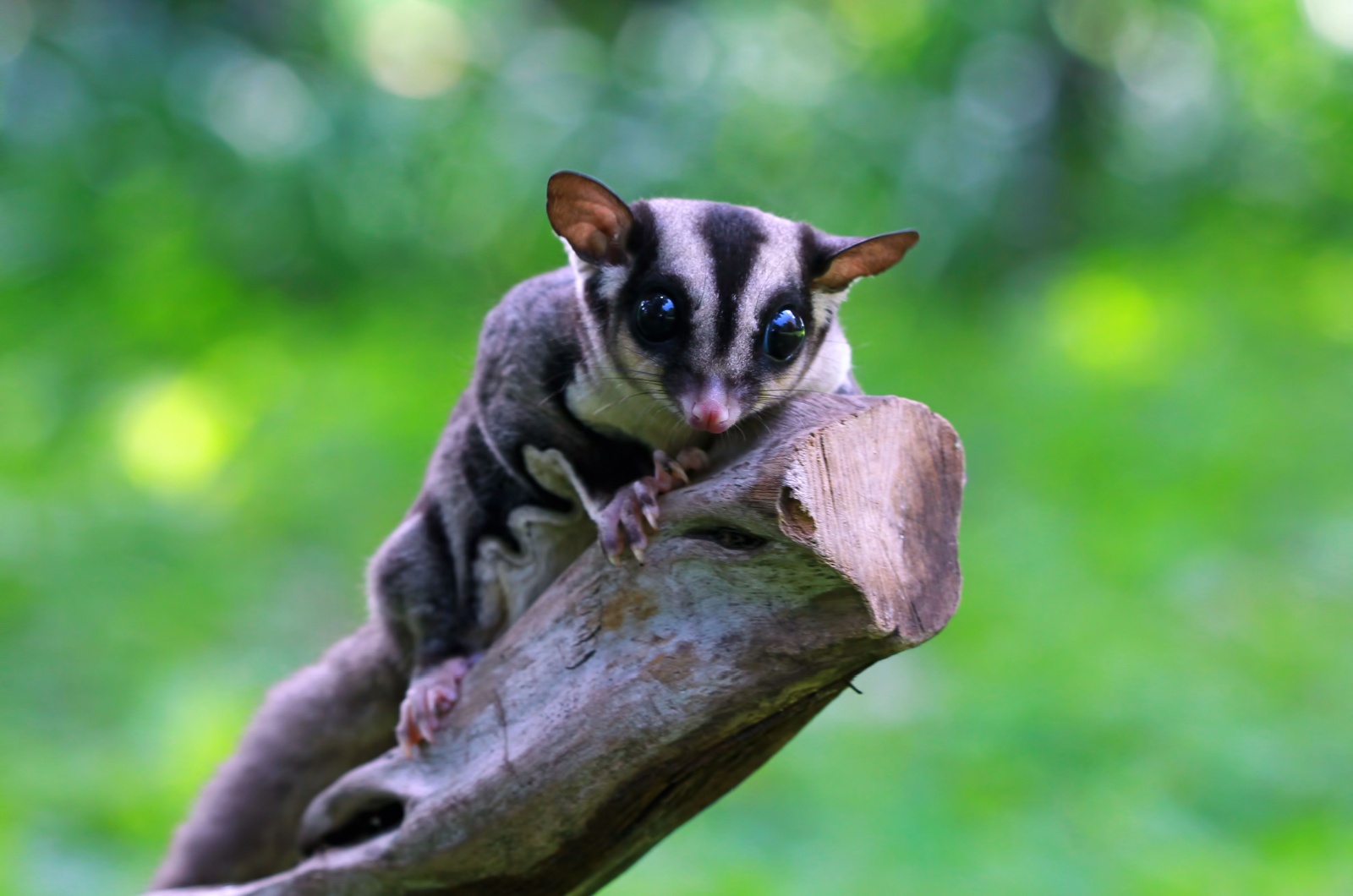
Just like squirrels, gliding possums have a membrane that extends from their wrists to their ankles. They leap from high points and spread their limbs, which allows them to glide up to 150 feet.
This gliding technique enables them to reach their food without exposing themselves to the threats on the ground. It’s a very useful skill that helps them move through the forest and avoid predators.
Fun fact: these adorable animals are also called ‘Sugar Gliders.’
5. Colugos (Flying Lemur)

Colugos, or flying lemurs, have one of the most efficient gliding abilities among all mammals. They have a large membrane that stretches from their neck to the tips of their fingers, toes, and tail.
Oh how I wanted to be a lemur growing up! I used to binge watch Madagascar movies and imagine I’m in the gang with king Julian, lol!
Anywho, when these lemurs leap, they stretch out their membrane, creating a wing-like surface that allows them to glide over 200 feet.
This gliding helps them move between trees in search of food, especially in tropical forests, as they aren’t able to walk well on the ground.
6. Flying Snake
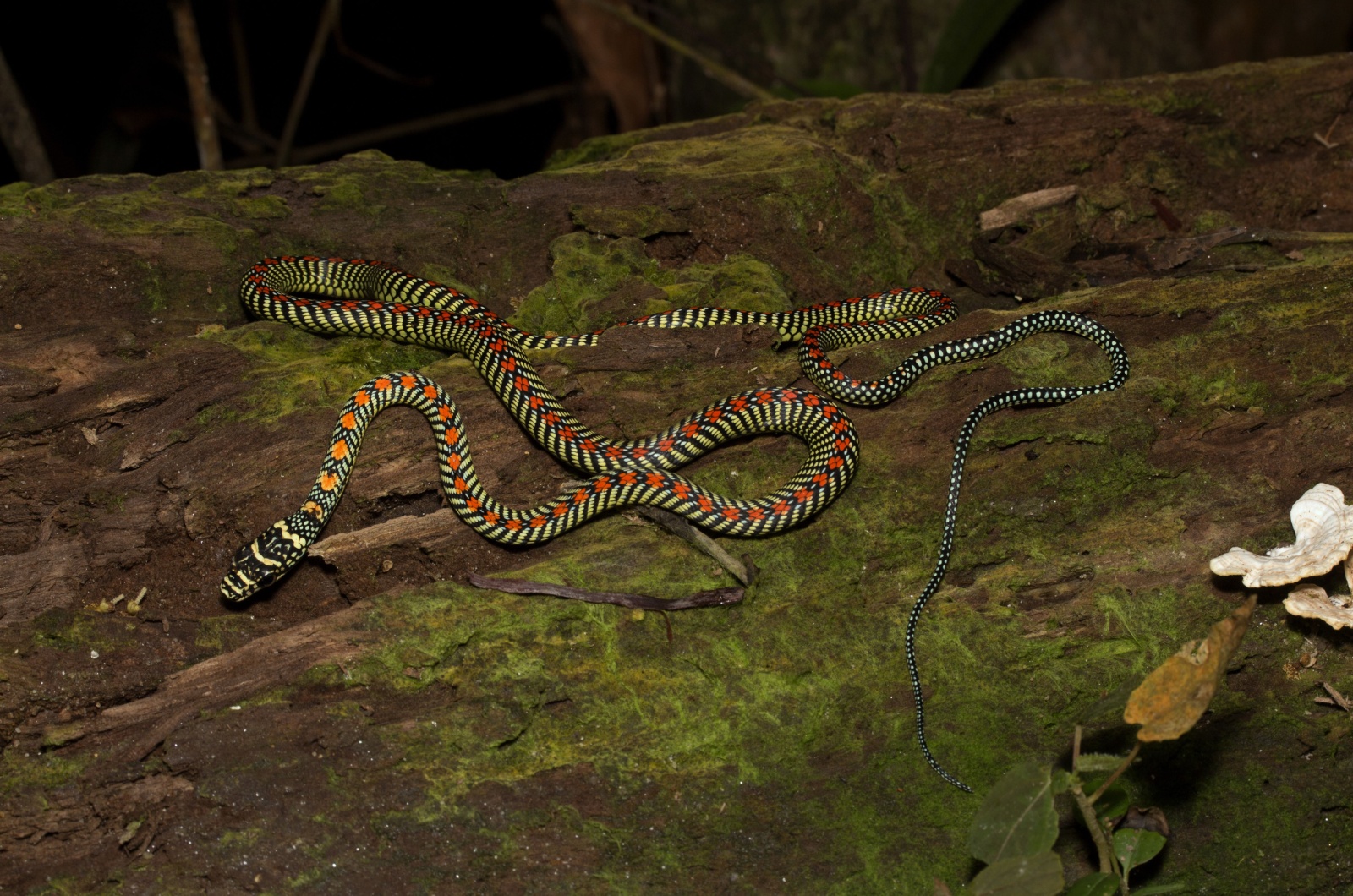
Flying snakes are unique reptiles that “fly” by flattening their bodies and making wavy, undulating movements – even turning mid-air.
This shape allows them to glide gracefully through the air as they launch themselves from tree branches. By pushing off and controlling their movement, they can glide for distances up to 100 feet, moving from tree to tree in their forest habitats.
7. Flying Frog
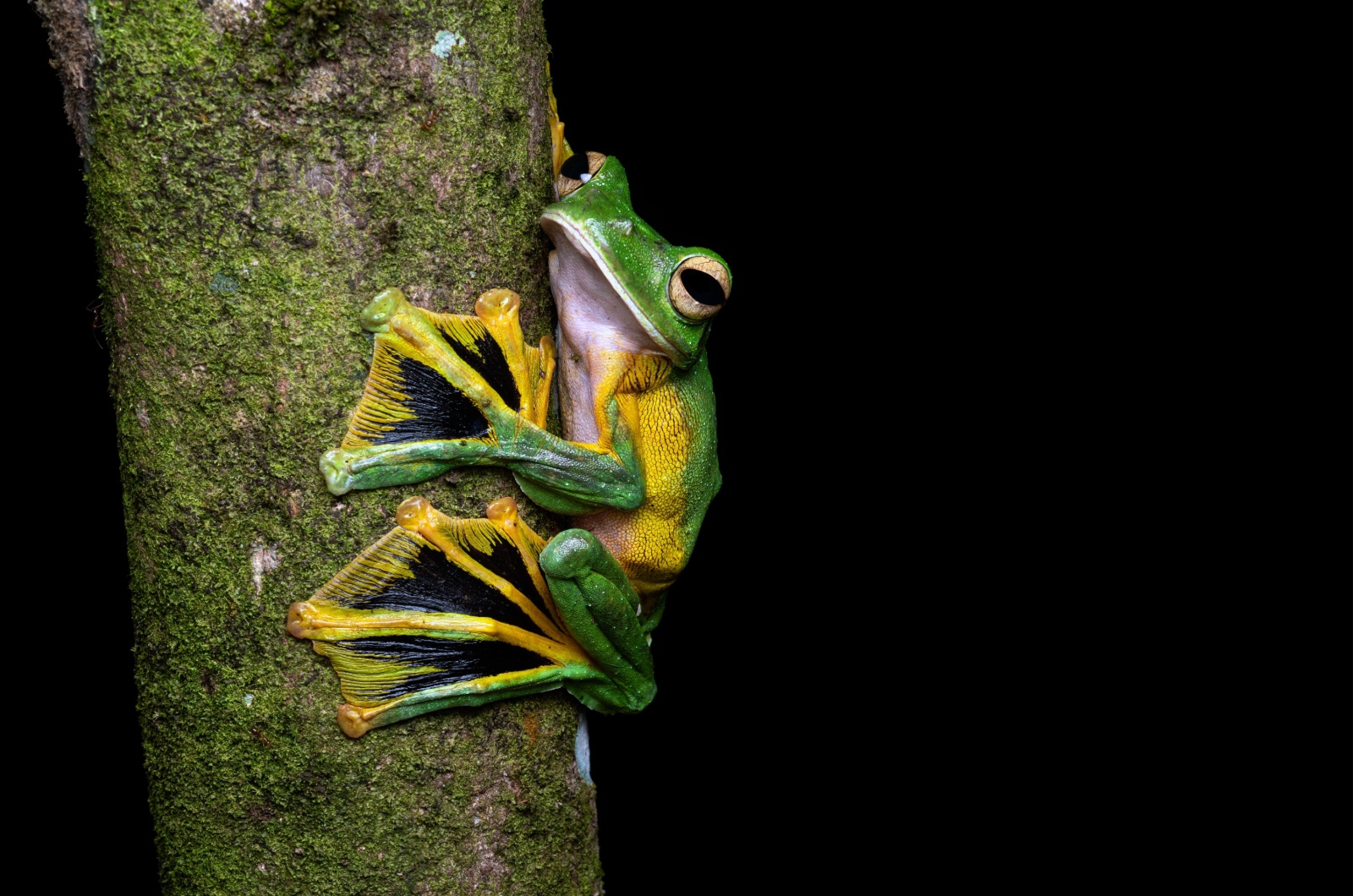
Flying frogs have webbed feet that act as mini parachutes. When they jump from a tree, they spread their legs and stretch their webbed feet to slow their descent. This helps them glide through the air for short distances.
I don’t know about you, but I think they’re adorable!
Gliding helps flying frogs escape predators and find food in the forest canopy, without ever needing to come down on the ground.
8. Flying Fish
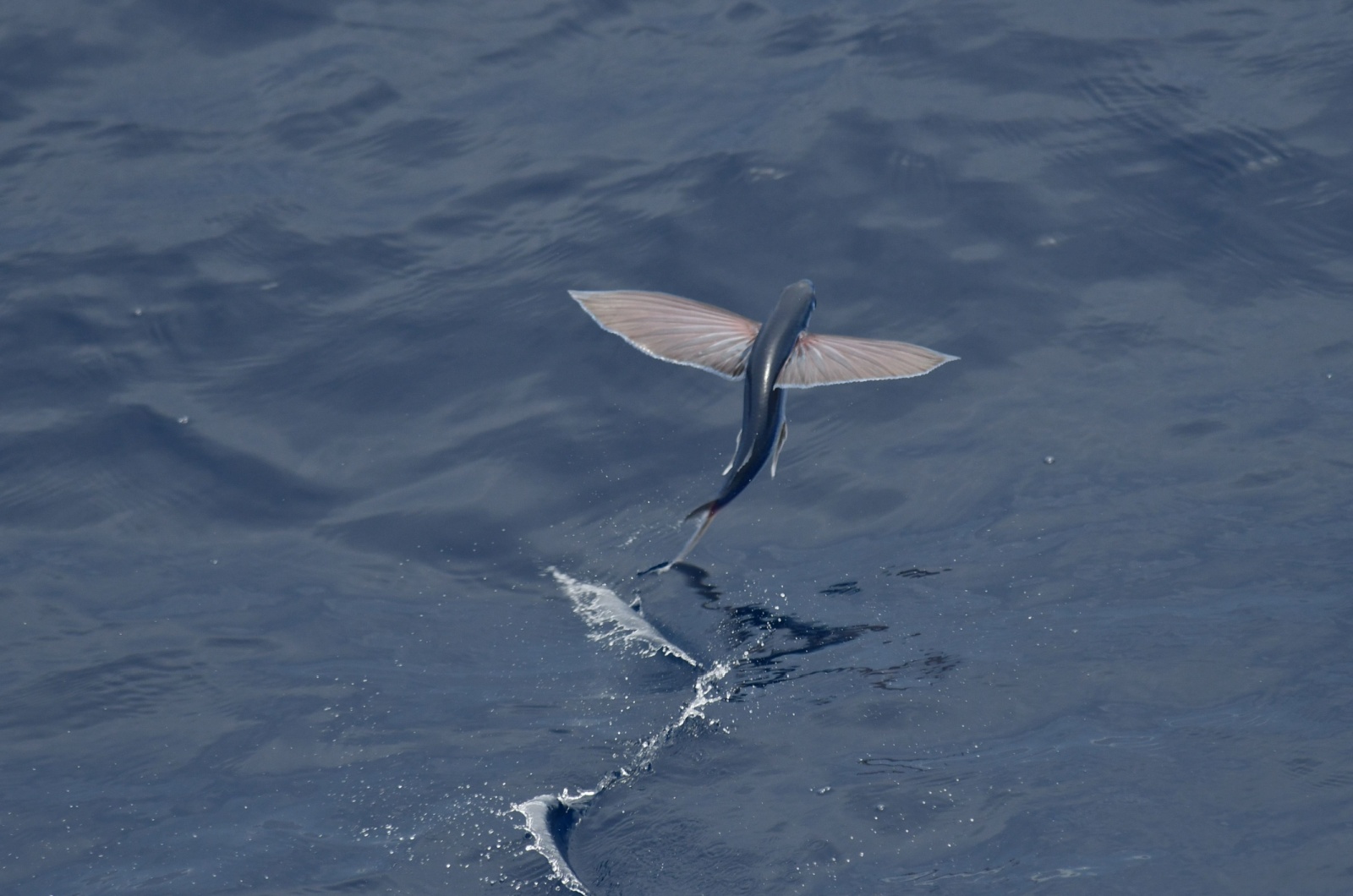
Flying fish are known for their impressive ability to leap out of the water and glide through the air. They use their large, wing-like pectoral fins to catch the wind, allowing them to travel up to 650 feet in a single glide. In a single glide! Can you imagine?
By escaping the water this way, they can easily avoid underwater predators. Their gliding ability is so efficient that it almost looks like they’re flying, even though they don’t have wings like birds.
9. Flying Squid
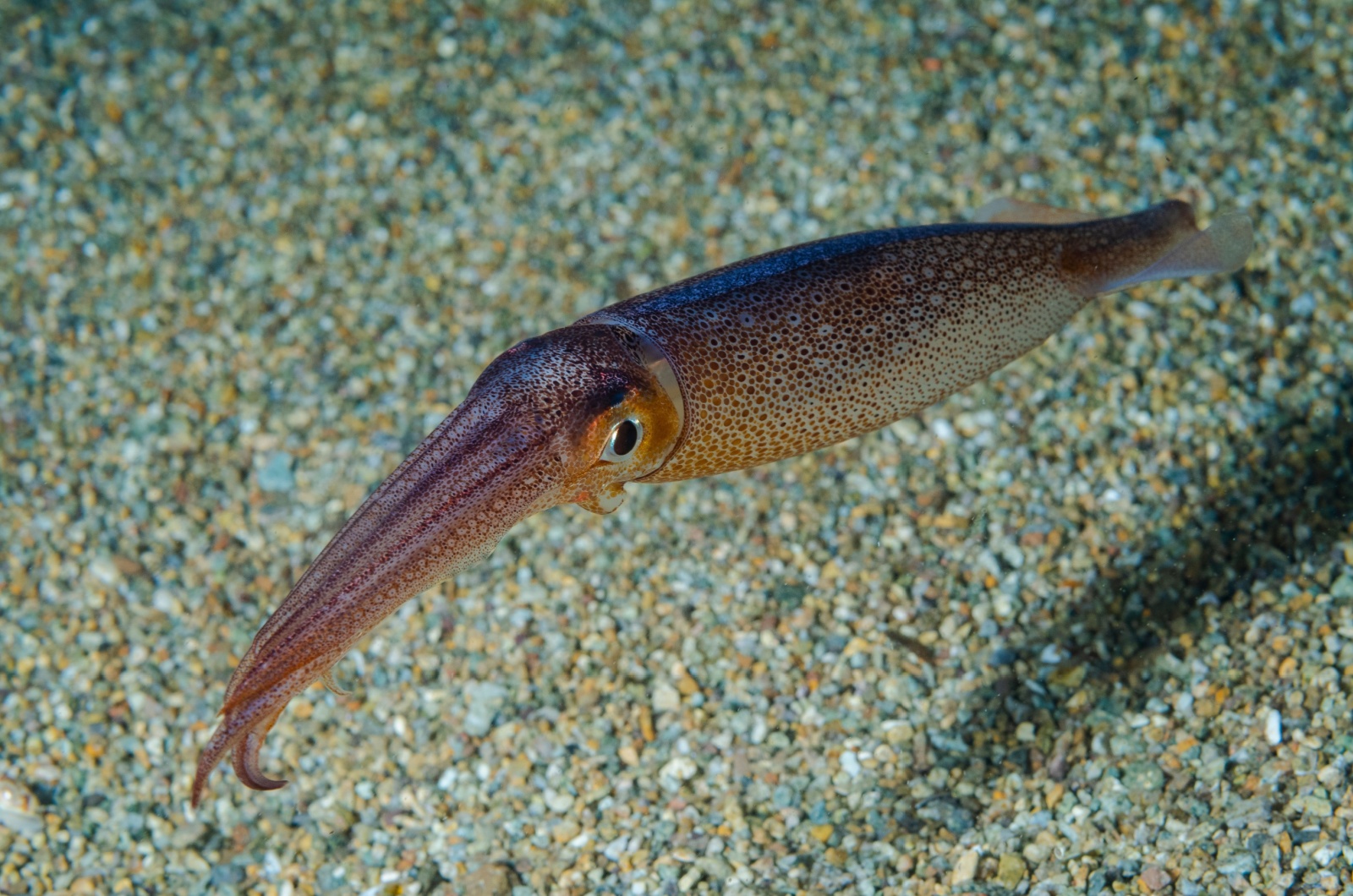
Flying squid propel themselves out of the water and glide through the air to escape predators.
They shoot out a jet of water, which propels them into the air, sometimes at speeds up to 25 miles per hour. Once airborne, they spread their fins and tentacles wide to increase their surface area, helping them glide for short distances.
How amazing is this? This ability not only helps them escape danger but also allows them to travel far and fast across the ocean.
10. Ballooning Spider

Ballooning spiders use a unique method called “ballooning” to glide through the air. These spiders release silk threads into the wind, and once enough silk is produced, they are lifted up and carried by air currents.
This behavior allows them to travel great distances, sometimes even reaching different continents.
Using the power of the wind, ballooning spiders can reach new habitats or escape predators. Who says they need wings to do that?
11. Mobula Ray (Flying Ray)
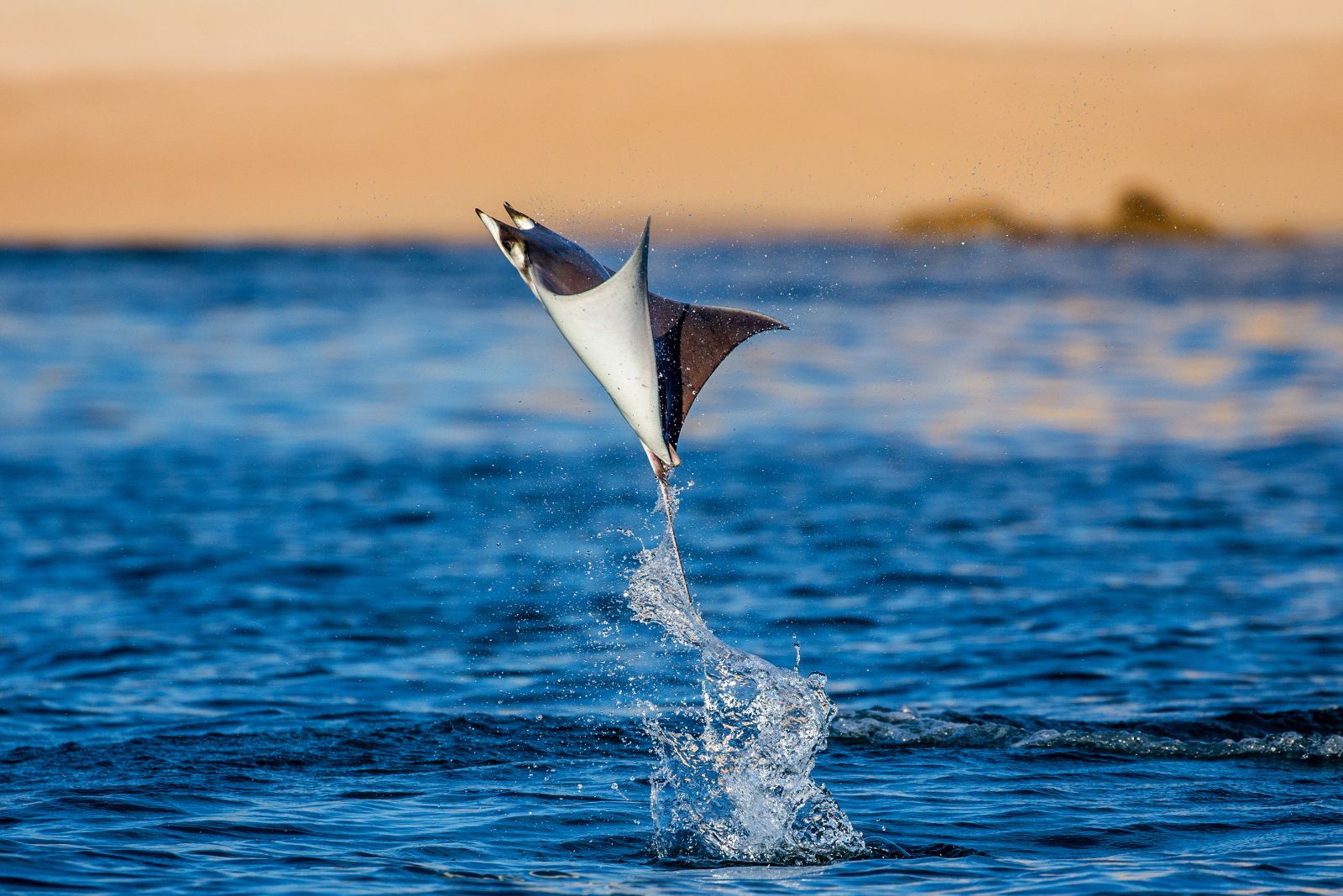
Mobula rays, often called “flying rays” or “devil rays,” are marine marvels known for their extraordinary ability to leap out of the water. While their “flight” is brief, their acrobatic jumps can reach heights of over 6 feet and sometimes result in dramatic flips and spins.
These spectacular leaps are thought to serve multiple purposes, including communication, courtship displays, or simply dislodging parasites.
Watching a mobula ray breach the surface is a breathtaking sight, as these large, graceful creatures seem to defy gravity for a moment before plunging back into the ocean. Their aerial displays highlight the dynamic and playful side of marine life.
12. Gliding Ant

Certain species of ants, particularly those in the Cephalotes genus, have evolved an extraordinary ability to glide through the air. When falling from trees, these ants don’t plummet aimlessly; instead, they exhibit remarkable control, steering themselves back to the tree trunk with precision.
This adaptation is crucial for their survival, as it minimizes the risk of landing on the forest floor where predators lurk.
Their flattened bodies and specialized limbs help them maneuver effectively in mid-air, making their gliding ability one of nature’s most fascinating examples of evolutionary ingenuity. Gliding ants demonstrate how even the smallest creatures can possess astonishing skills to thrive in their environment.
13. Golden Tree Snake

Credit: Shutterstock
The golden tree snake (Chrysopelea ornata), native to Southeast Asia, is an expert glider. It launches itself from tree branches, flattening its body into a concave shape to catch air and glide up to 100 feet.
By undulating midair, it controls direction and stability, making its movements look like flight. This impressive adaptation allows the snake to move between trees efficiently, hunt prey, and escape predators, showcasing nature’s ingenuity in non-winged “flight.”
14. Treehopper Nymphs

Credit: Shutterstock
Treehopper nymphs, found in tropical and subtropical regions, have unique adaptations that allow them to “fly” short distances without wings.
These tiny insects possess specialized structures on their bodies that act as parachutes, enabling controlled glides as they leap between plants.
Their ability to glide helps them evade predators or move to new feeding areas. Though not true flight, this remarkable adaptation allows them to navigate their arboreal environment effectively, making them agile and elusive despite their small size.
